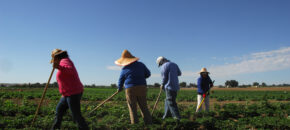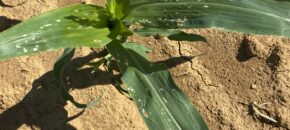
Sweet Corn European corn borer (ECB) moth catches are very low in blacklight traps in the northern and central counties. Feeding signs are largely absent from whorl and pre-tassel stage plantings. The highest nightly trap catches of ECB for the week ending 7/03/24 are as follows: Clinton 1 Milltown 1 Dayton 1 Old Bridge […]
Continue reading...

